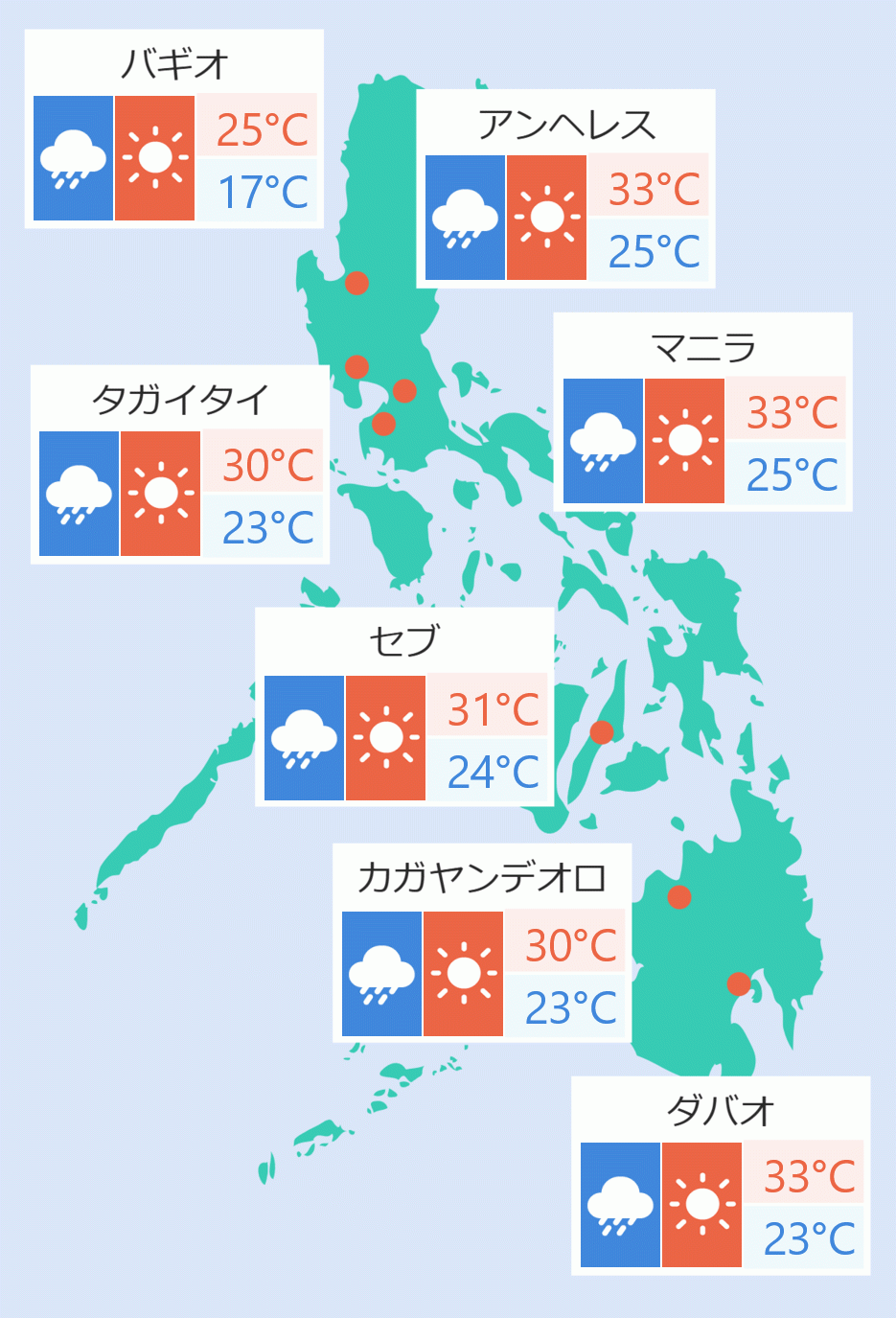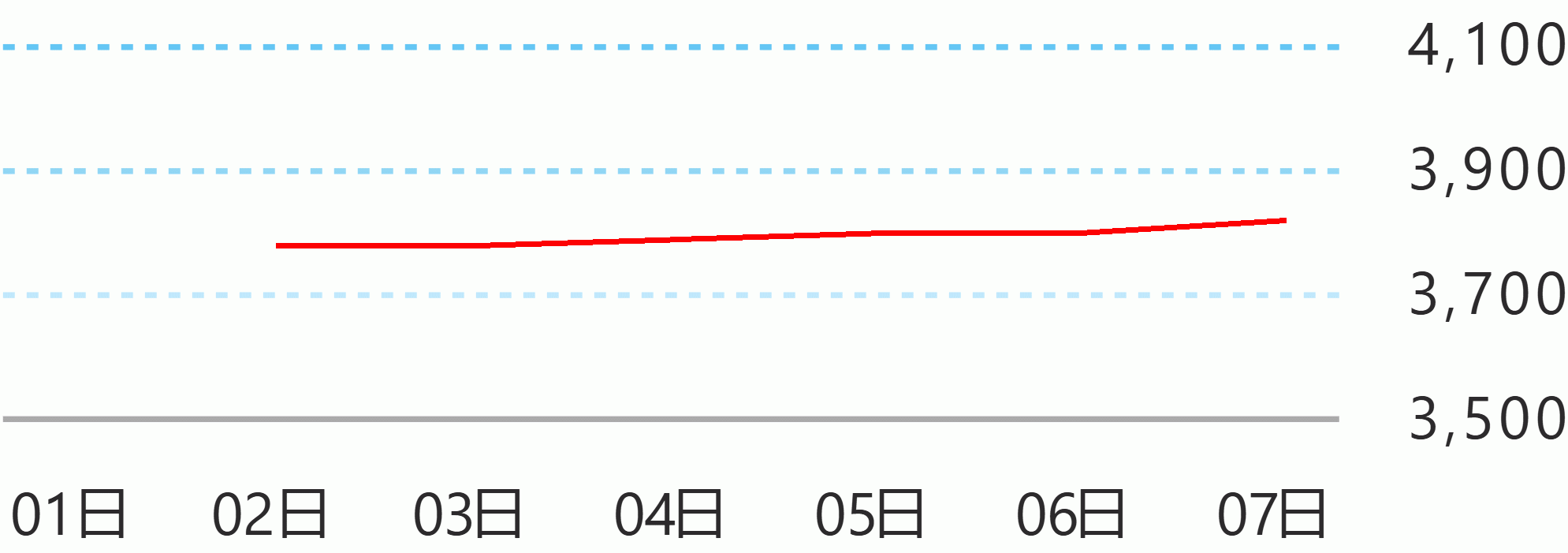By Robina Asido
The Philippine Air Force (PAF) hopes to finish the construction of the facilities where the radar system it acquired from Japan will be put up before the end of 2022.
The Japan radar systems are expected to arrive starting 2023 until 2024, the PAF said.
"Now we are constructing the facilities to accept those radars. So the facility in Wallace Air Station in La Union is now being constructed. There is an ongoing construction there. Hopefully before the end of 2022, the facilities will be ready to accept the initial deliveries of the radar. The others will be delivered between 2023 and 2024," PAF Commanding General Connor Anthony Canlas said in a n ambush interview in Pampanga on Thursday.
"These radars that we will be getting from Japan is under the second horizon of the modernization of the armed forces, particularly the Philippine Air Force. It will practically cover the entire Philippine archipelago... our first three horizon radars (mostly covers) is on the western side of the Philippines. Now if these four will be delivered, we can also cover the area of eastern sea board," he added.
Canlas said the military is being assisted by the Department of Public Works and Highways in the construction of the facilities for the Japan radar system that will mostly be put up in the eastern side of the country.
"We have one facility that is about to complete, like in La Union then we can install it there as early as next year. And then, scattered until 2024, it's in different areas we are still constructing it before the delivery," he said.
"It is easy to install this. Maybe after a month of an operational testing. And I believe you can already see the coverage because it only have a certain distance and you have to put the radars in other part of the country to see the other area," he added.
Canlas emphasized the importance of establishing more radar systems during the Philippine Air Force and Japan Air Self-Defense Force (JASDF) bilateral training on humanitarian assistance and disaster response and search and rescue execution press conference in Pampanga on Thursday.
"Since calamities are sometimes man made and sometimes natural we just have to be alert and have the situational awareness on what's coming or what's approaching in our territory. So with the help of Japan particularly on setting up our radars across the country it will help us see what is coming so we can prepare our forces to mitigate if any the effect of the threat or that calamity," he said.
"Somehow we try to project in advance any threat or calamity that might destroy or affect the orderliness of our country," he added.
The event that was also attended by JASDF Chief of Staff General Izutsu Shunji was part of the bilateral training activity dubbed as "Doshin-Bayanihan 2-22".
Izutsu also noted the importance of monitoring the airspace for the national security of every country.
"Air domain awareness, tracking aircraft near by seas of Philippines of course in Japan its very very important, unfortunately sea and skies are no longer safe place so we have to observe to secure life of the Philippine and Japan people," he said.
"But anyway both the nation Philippine and Japan are engaging including surveillance activity or air domain awareness and in addition to that both the nation interest in engaging in the space situation awareness but anyway surveillance and awareness are very important for national security," he added.
The Philippine and Japan Air Force personnel will also conduct warning and surveillance related activity during the training that started on June 21 and which will end Friday.
This training, the second since 2021, is participated by a total of 309 PAF and 16 JASDF personnel. This is much bigger than last year's activity which was just joined by 20 PAF and 12 JASDF troops.
Canlas said aside from the subject matter expert exchange in warning, surveillance and search and rescue, other activities during the three-day drill includes flight training with air drop and ground load offload utilizing PAF and JASDF C-130 aircraft.
"Other delivery of goods like air drop has not been established yet through this types of exercise HADR (humanitarian assistance and disaster response) and SAR (search and rescue) bilateral training we get to understand how they provided assistance or deliver relief goods," he said.
"Currently, the PAF does not have capability to conduct air drop of cargo or relief goods. They are teaching us now how we can conduct air drop without damaging the relief goods," he added.
Canlas and Izutsu both said the cooperation between the Philippines and Japan are getting stronger as more activities are being done not only in economic sector but also in defense and military.
"This is just actually the second iteration of this bilateral HADR and SAR exercise so it is getting stronger before our relationship with Japan was just economic... now we are extending our activities for a stronger cooperation with Japan not only in the economics but military and defense as well," he said.
"It means if you can evaluate on how the relationship between the Japan and the Philippines is progressing its getting stronger, with you seeing more activities that necessitates cooperation of both countries," he added. DMS





 English
English









